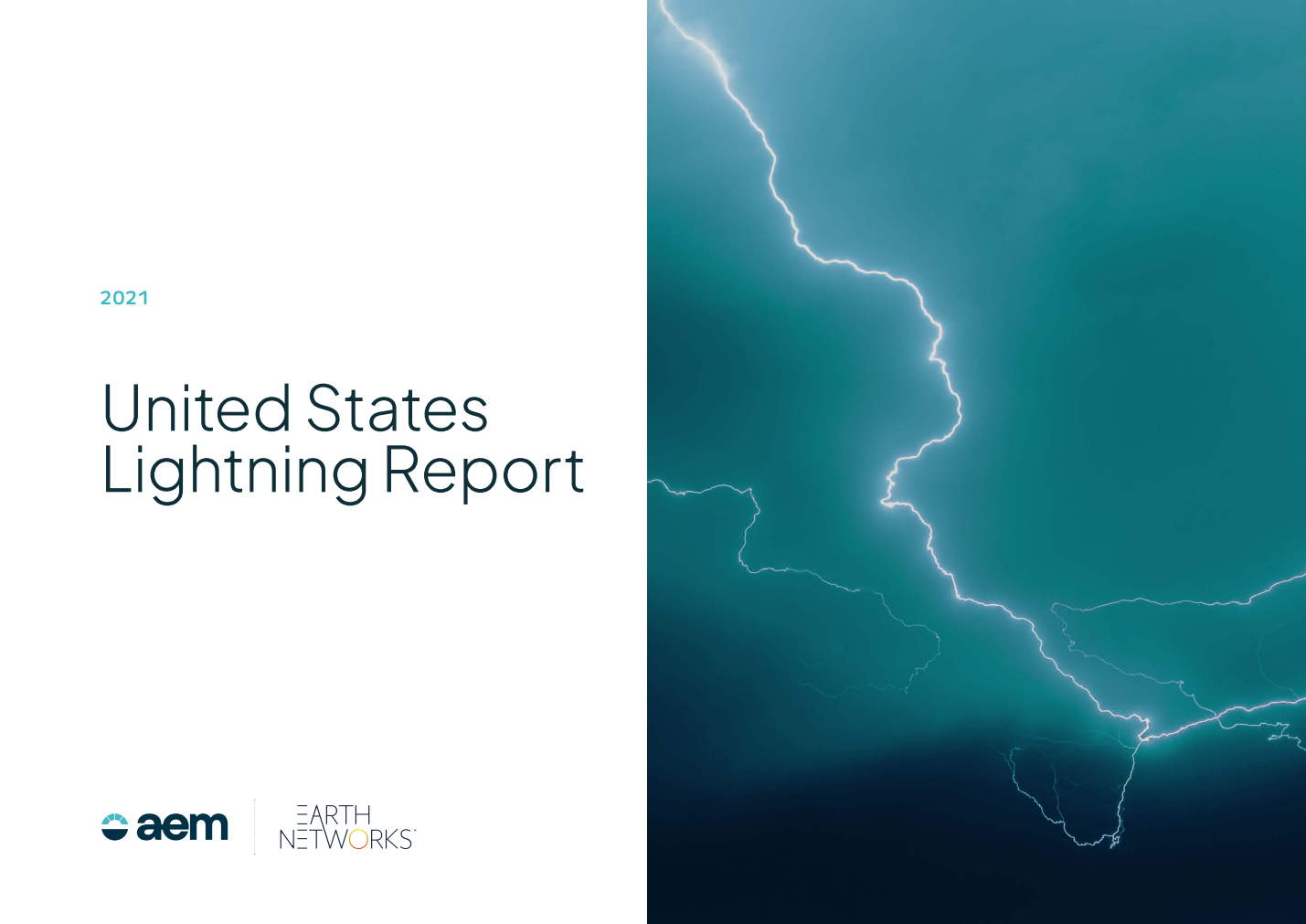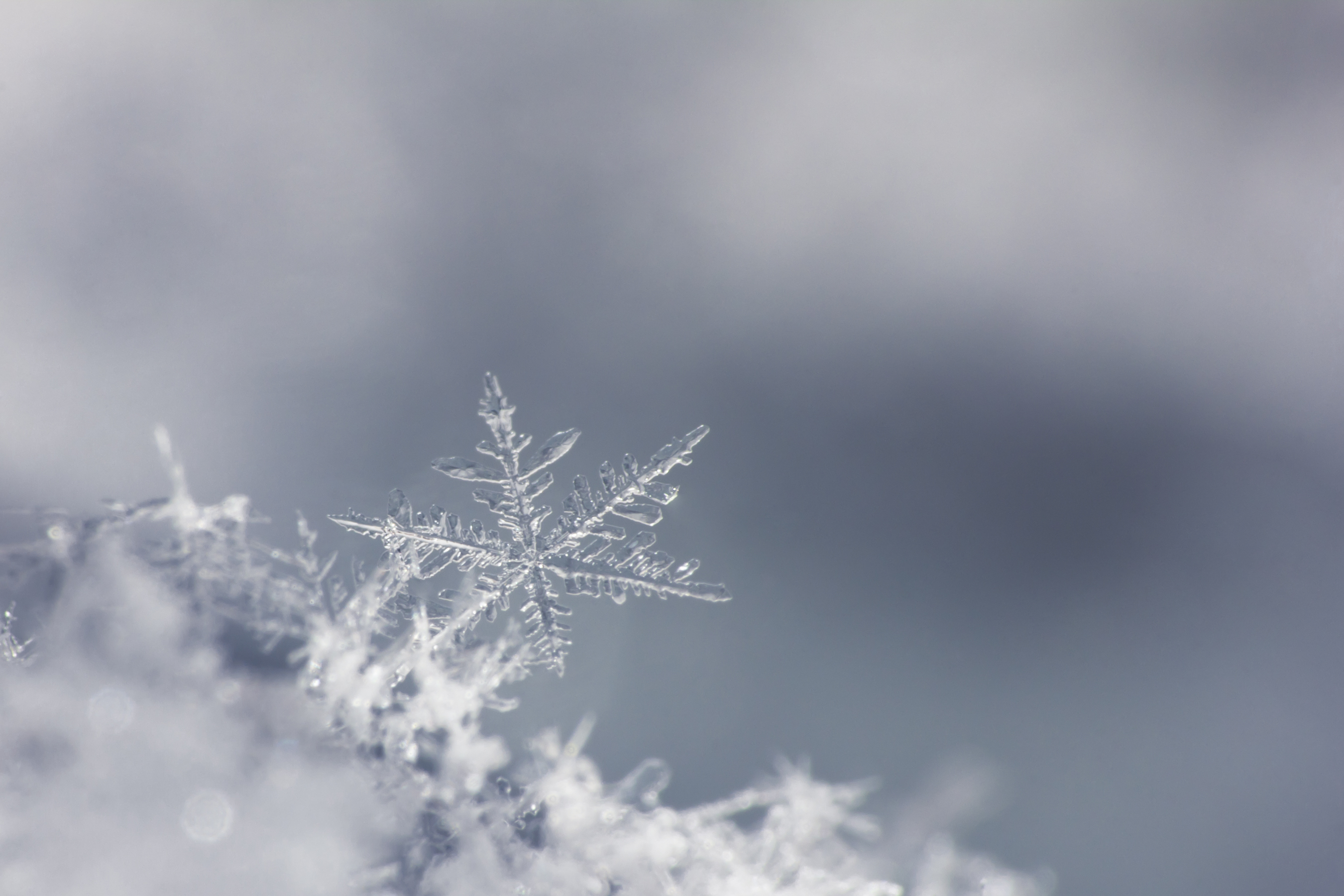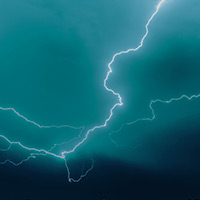Hurricane Irma Aftermath
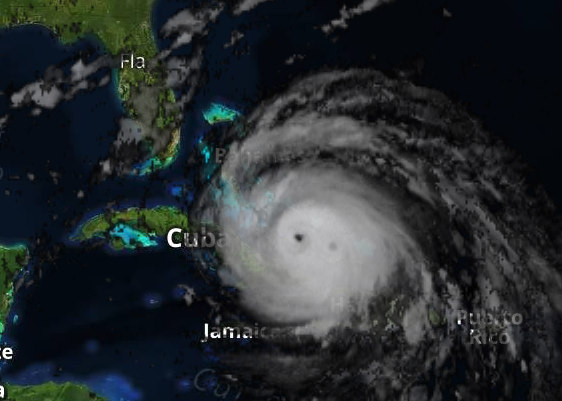
Hurricane Irma formed as a tropical storm during the last day of August in 2017. A Cape Verde storm, Irma gathered speed as it moved westward across the Atlantic Ocean. When it finally made landfall in early September, it was a Category 5 hurricane with top wind speeds of 185 mph.
The storm devastated the Caribbean and the U.S. state of Florida during the course of a week. Altogether, the storm claimed the lives of at least 69 people and caused billions of dollars in damage. The recovery from the storm will be long and strenuous, especially for the island nation's it hit worst.
Let's take a look at Hurricane Irma's aftermath at some of the most talked about places.
Barbuda
Flying over #Barbuda with @UNICEFECA watching the level of damage & flood caused by #HurricaneIrma while we are waitng for #HurricaneJose pic.twitter.com/9WPOY0NCvs
— UNICEF Latin America (@uniceflac) September 9, 2017
Out of all the Caribbean nations, Barbuda has arguably been hit the worst. When Hurricane Irma made landfall, its winds were traveling 185 mph. Initial reports are stating that around 95 percent of the island’s businesses and homes have been destroyed. The entire island is without running water as of this writing. Antigua, another island close to Barbuda, was largely spared from the storm.
Ronald Sanders, Antigua and Barbuda’s ambassador to the U.S., told USA Today that "the damage is complete," on the island of Barbuda.
Anguilla
Flying into #Anguilla yesterday, scale of #HurricaneIrma damage clear - trees up, debris everywhere, many buildings damaged or destroyed. pic.twitter.com/d38ZuzVaga
— Joe English (@JoeEEnglish) September 13, 2017
Anguilla also suffered the full force of Hurricane Irma’s Category 5 winds. Many private residences were damaged, but it seems as though certain areas went untouched. Although the island’s airport did not take on much major damage, it is still closed for the time being.
St. Martin
Drone footage shows some of the widespread damage on the French-Dutch island of St. Martin after Hurricane #Irma. https://t.co/uMjZ1q71Ie pic.twitter.com/3Nir0NmGyB
— ABC News (@ABC) September 13, 2017
The Hurricane Irma aftermath in St. Martin is also striking. The half Dutch, half French island also took on significant damage. Some reports state that nearly 95 percent of the island has been affected. Over 100 individuals have been hurt as a result of the storm.
French President Emmanuel Macron visited St. Martin after Irma to survey the damage himself. He deployed 2,000 extra security personnel to try to stop widespread looting. The Red Cross said that nearly 200 people are still missing from the Dutch side of the island.
U.S. and British Virgin Islands
#harvey is devastating.... but so is #hurricaneirma2017... don't forget about our little island #WeMatter #StThomas #StJohn #USVI #stcroix pic.twitter.com/i4yKEEO629
— Ariah Parker (@Ariah1209) September 7, 2017
Hurricane Irma struck the Virgin Islands on September 6th, when it was still a full-force Category 5 hurricane. The extent of the damage is not currently available, but it appears to be extreme. The U.S. military worked hard to rescue people who were trapped in their homes as a result of the storm.
Reports say that Irma damaged at nearly 99% of structures on the British and U.S. islands. President Trump and New York Governor Andrew Cuomo plan to visit the U.S. islands soon and bring aid with them.
Puerto Rico
Puerto Rico clean up after Hurricane Irma pic.twitter.com/svlWjzfqps
— teleSUR English (@telesurenglish) September 8, 2017
Hurricane Irma largely spared Puerto Rico. The island of 3.4 million individuals missed the worst of the storm. Irma passed by the island about 30 miles north, so the damage was not as bad as it could have been. However, the island is facing power outages, and many residents do not have access to water as of this time. Winds were so bad at times that rivers flowed the opposite direction.
Turks and Caicos
British Royal Marines deploy to Turks and Caicos to bring aid to the islands affected by Hurricane #Irma. https://t.co/JGGwYUdI7U pic.twitter.com/Bu19itCUzC
— ABC News (@ABC) September 12, 2017
On September 7th, Hurricane Irma made landfall on the islands of Turks and Caicos. It was a direct hit. Irma's high winds, heavy rains, and storm surge damaged nearly 99% of structures. Streets have been flooded, and many areas are still without power.
Haiti
Laura Sewell @CARE in Haiti says most of the damage from Hurricane Irma is in the northwest and northeast of the island. pic.twitter.com/nEAYKTSiSn
— ABC News (@abcnews) September 8, 2017
Although many people were worried about the hurricane’s impact on Haiti, Irma seems to have avoided the island. There were reports of heavy rain and winds on the northern area of the island. Some people on Haiti have moved to shelters, but the impact is not as severe as elsewhere. However, it's still important to note that widespread flooding did occur and aid is needed to help the over 10,000 displaced Haitians recover.
The Bahamas
Luckily, the Bahamas did not see the full strength of Hurricane Irma. After some "mainly cosmetic," cleanup, the islands reopened for tourism business by September 13th.
Florida & the U.S.
"Nearly a week after Hurricane Irma made its U.S. landfall, crews are racing to bring the Florida Keys back to life." pic.twitter.com/HJf2rGxuQb
— CBS News (@CBSNews) September 15, 2017
The aftermath of Hurricane Irma in the United States was also tremendous.
Hurricane Irma slammed into the Florida Keys as a Category 4 storm. Parts of the Keys are completely decimated. The storm then weakened quickly as it worked its way up the Gulf Coast of Florida. It is important to note that the large size of the storm affected both the west and east coasts. While 80% of residents have their power back, areas like Miami and Bonita Springs still have widespread outages. Our weather monitoring system recorded wind gusts upwards of 130 mph in Miami.
Storm surge flooding was not as bad as it could have been thanks to timing. Originally, Hurricane Irma was supposed to hit the west coast during high tide. Luckily for that area, it slowed down. While storm surge flooding was damaging near the coast in evacuation zones A and B, folks inland were mostly safe.
Approximately 29 people died in the state of Florida as a result of Irma's strong winds, heavy rains, and storm surge. Without power, a group of senior citizens died in Hollywood, Florida. An investigation is ongoing.
After hitting Florida, the storm moved into Georgia where it killed three people. South Carolina also experienced damage and injuries.
Possible Hurricane Jose
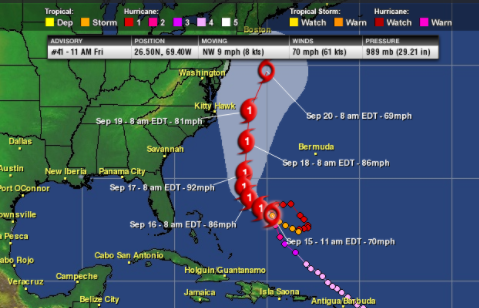
As the dust settles in the aftermath of Hurricane Irma, another storm is churning in the Atlantic.
Tropical Storm Jose remains in the news as it continues to drift around in the Atlantic, far away from land. It could once again become a hurricane later today or this weekend.
High pressure pushing into the western Atlantic steered Jose in a bit of a loop this week. There is increasing confidence that Jose will start to head between Bermuda and the North Carolina coast. It’s too early to tell if Jose will be a threat to Bermuda and the U.S. East Coast. The earliest impact from Jose would be early next week. We expect Jose to strengthen to a weak hurricane by the weekend as it churns over the warm water of the Atlantic.
Since Jose will be churning up the waters in the open Atlantic, dangerous swells and riptides are likely along the East Coast, Bermuda, and along the northern coasts of the Caribbean islands. If you plan to go into the water, use extreme caution. The ocean is likely to be very choppy.
Jose passed a little north of the Leeward Islands last weekend. There it brought high winds, storm surge, and heavy rain. Many of these same islands are trying to recover from Hurricane Irma's direct hit earlier this week.
Tropical Depression 14
Meanwhile, Tropical Depression 14 joined the ranks of the Atlantic Basin overnight. It could become the season’s next tropical storm later today. As of 11 a.m. EDT (AST), it was located near 11.4 N, 28.3 W. That's 430 miles southwest of the Cabo Verde Islands and more than 3,500 miles east-southeast of Miami. Maximum sustained winds with the depression are currently 35 mph. It is moving west-northwest at 10 mph. Its minimum central pressure of 1008 mb or 29.77 inches of mercury.
Moving over the warm water of the Atlantic, the depression is expected to strengthen quickly into a tropical storm. If that happens, its name will be "Lee." Current forecast trends indicate it could grow into a strong tropical storm over the weekend before running into an area of strong wind shear. This wind shear would cause the storm to weaken and possibly degenerate into remnants.
Hurricane Jose Tracking
We're tracking Tropical Storm Jose as well as Tropical Depression 14 with our severe weather tracking tool, Sferic Maps.
Contact us today to learn how this tool can help you mitigate weather-related risks and make sure to keep an eye on these storms.


